Snorkeling offers a fantastic window into the underwater world, but accidentally inhaling water can quickly spoil the fun and cause discomfort. It's a frequent issue, sometimes affecting even seasoned snorkelers. Fortunately, with suitable equipment and the right techniques, you can learn to breathe comfortably and keep your focus on the marine life around you. This guide details effective ways to prevent water entry while snorkeling, covering gear selection and essential breathing methods for confidence in the water.
Essential Equipment for Keeping Water Out
Selecting appropriate snorkeling gear is the first line of defense against water issues. Trying to swim with ill-fitting or unsuitable equipment often leads to frustration and mouthfuls of water.
Choose the Right Type of Snorkel:
Classic Snorkel: This is the simplest design – a basic tube with a mouthpiece. While affordable and lightweight, it requires more practice to keep water out, especially in choppy conditions.
Semi-Dry Snorkel: These models feature a splash guard at the top, designed to deflect waves and spray, reducing the amount of water entering the tube.
Dry Snorkel: Offering the highest level of water resistance, dry snorkels incorporate a special valve mechanism at the top that automatically seals shut when submerged, preventing water from flooding the tube.
Look for Key Water-Blocking Features:
Purge Valve: A purge valve located near the mouthpiece allows you to clear small amounts of water from the snorkel tube with a forceful exhale, without lifting your head completely.
Comfortable Mouthpiece: Look for a mouthpiece made from soft, pliable silicone, which provides greater comfort during extended snorkeling sessions compared to harder plastic or rubber.
Effective Splash Guard (on Semi-Dry/Dry): Ensure the splash guard effectively blocks water while still allowing sufficient airflow.
Replaceable Parts: Many quality snorkels offer replaceable mouthpieces or purge valves, extending the life of your gear.
Check Your Mask's Fit:
A properly fitting mask is crucial for preventing leaks.
The Seal Test: Place the mask against your face without using the strap. Inhale gently through your nose. If the mask seals properly, it should suction lightly to your face and stay in place for a moment.
Material Matters: A mask skirt (the part that contacts your face) made of soft silicone generally provides a more comfortable and effective seal than plastic.
Avoid Over-Tightening: The mask strap should be snug, not excessively tight. A mask that leaves deep indentation marks after removal is likely too tight, which can paradoxically cause leaks by distorting the skirt.
Adjust Your Gear Properly:
Mask Strap Position: The strap should rest comfortably high on the back of your head, roughly at its widest point, holding the mask securely without causing pain.
Snorkel Attachment: Secure the snorkel firmly to your mask strap using the provided clip or keeper. It should sit vertically alongside your head, close but not pressing uncomfortably.
Test in Shallow Water: Before venturing into deeper areas, take a moment in calm, shallow water to confirm everything feels secure and is functioning correctly.

Before You Get In - Final Preparation Checks
Taking a few moments for these final checks before entering the water can prevent common issues that often arise right at the start.
Check Your Gear One Last Time:
Perform a quick visual inspection. Examine the mask lens seal where it meets the frame for any visible gaps. Ensure the snorkel tube isn't cracked or significantly bent. Test all buckles and clips to confirm they fasten securely. Pay extra attention to older gear, as rubber and silicone components can degrade over time.
Choose Your Entry Spot Wisely:
Select a location where waves are rolling gently rather than crashing forcefully. A sandy bottom is generally safer and easier for entry than rocky or coral-covered areas. Observe the water movement briefly; calmer surface conditions indicate a more suitable starting point. Most beaches have areas where wave action is less intense.
Enter the Water Smoothly:
Avoid abrupt or splashy entries. If entering from a boat, sit on the edge, hold your mask securely in place, and lean back gently into the water. From a beach, walk backward into knee-deep water, then crouch and ease yourself in smoothly. Try to time your entry between wave sets. Once in the water, pause briefly to ensure your gear feels comfortable and secure before swimming off.

Basic Snorkeling Techniques to Keep Water Out
Mastering these fundamental techniques is key to a dry and enjoyable snorkeling experience. Proper breathing and movement significantly impact your comfort in the water.
Control Your Breathing for Stability:
Learn to breathe calmly and rhythmically through the snorkel. Aim for slow, deliberate breaths: perhaps inhale for a count of three, exhale for a count of three. Maintaining a steady rhythm ("in-2-3, out-2-3") helps prevent hyperventilation and keeps you relaxed. Each breath should feel comfortable, not forced. If feeling anxious, try extending the exhale slightly longer than the inhale (e.g., three counts in, four counts out).
Clear Water Promptly and Effectively:
Even with good technique, small amounts of water might enter the snorkel.
Blast Clear: For minor amounts, a sharp, forceful exhale (like blowing out birthday candles) can often expel the water through the top of the snorkel or the purge valve.
Displacement Clear (for more water): If the snorkel floods (e.g., after diving down), surface, take a quick breath if needed, then exhale steadily and forcefully as you tilt your head slightly back or look forward. The escaping air pushes the water out. A gurgling sound indicates water being cleared. If using a purge valve, keeping your chin slightly tucked down during the exhale helps the valve function optimally.
Maintain Proper Head Position:
Your head alignment significantly influences whether water enters the snorkel tube. Aim for a neutral position, as if looking slightly forward and down, perhaps imagining holding a small tennis ball under your chin. The snorkel should point mostly upwards but angle slightly backward, not perfectly vertical. When encountering waves, turning your head slightly away from the oncoming wave (keeping the snorkel opening shielded) can prevent water from splashing in. Having a friend observe your position from the side can be helpful – generally, your ear should align roughly with your shoulder.
Move Smoothly Through the Water:
Jerky movements increase the likelihood of water splashing into your snorkel.
Wave Timing: Anticipate waves. Taking a slightly deeper breath just before a wave hits can help you remain calm and avoid inhaling any spray.
Efficient Kicking: Use slow, steady kicks originating from your hips, keeping your fins mostly below the surface. Kicks should propel you forward, not create excessive splashing upwards.
Body Rotation: When looking around, turn your whole body rather than just sharply twisting your neck, which can change the snorkel's angle.
Arm Position: Keep your arms relaxed, often streamlined along your body or gently sculling. Wide, erratic arm movements can disrupt your balance and head position.

Quick Fixes for Water Problems
Despite precautions, occasional water entry can happen. Here’s how to address minor issues and recognize when it's best to stop.
Recognize Early Signs of Water Entry:
Listen for a gurgling sound from your snorkel – a clear sign water is present. A salty taste indicates a small leak. Difficulty drawing a breath smoothly might also signal water intrusion. Addressing these early signs prevents larger amounts of water from entering.
Address Minor Leaks Immediately:
If you suspect a small leak, pause your swimming. Check if your mask has shifted slightly on your face. Ensure your snorkel hasn't tilted too far forward or backward; adjust it to the optimal slight backward angle. Confirm the mouthpiece is securely and comfortably positioned in your mouth. These minor adjustments often resolve seepage issues.
Clear Water Safely and Calmly:
Panicking makes clearing more difficult. If needed, lift your head fully above the water and remove the snorkel mouthpiece to cough or catch your breath. Attempt the blast clear or displacement clear again; sometimes it takes a couple of tries. If water persists re-entering the snorkel immediately after clearing, it's wise to move to shallower water where you can stand and thoroughly check your gear.
Know When It's Time to Stop:
Certain issues warrant ending your snorkel session. If your snorkel repeatedly floods despite clearing attempts, the valve might be malfunctioning, or conditions might be too rough. Persistent coughing that doesn't resolve within a minute or two suggests you may have inhaled water and should take a break. Any sharp chest pain or significant difficulty breathing requires exiting the water immediately and seeking assistance if necessary.

How to Practice Snorkeling Skills Systematically
Developing good snorkeling habits takes practice. Starting in a controlled environment and gradually progressing helps build confidence and ensures techniques become second nature.
Begin in a Swimming Pool:
A pool offers the ideal learning environment. The calm, clear water allows you to focus solely on your technique and gear without waves or currents. Practice your breathing rhythm while holding onto the pool edge. Get comfortable floating face down in the shallow end. Master clearing your snorkel repeatedly until it feels automatic.
Use Drills to Build Core Skills:
Simple, repetitive exercises solidify fundamental skills. Practice floating motionless while maintaining perfectly dry breathing. Swim laps focusing only on keeping the snorkel clear. Experiment with very slow, controlled movements to maintain balance. If possible, have a friend create small ripples or waves while you practice keeping water out.
Transition Gradually to the Ocean:
Choose a very calm day with clear water and a sandy bottom for your first ocean snorkel. Stay in waist-deep water initially, where standing up is easy. Re-practice all the skills you mastered in the pool, adapting to the slight buoyancy changes and movements of the ocean. Allow yourself time to adjust to the different environment.
Track Your Progress and Seek Feedback:
Pay attention to which techniques feel natural and which need more work. Some might find clearing challenging, while others need to refine their head position. Note what works best for you. As you gain confidence, consider joining a guided snorkel tour; experienced guides can often spot subtle technique errors and offer personalized tips.
Enjoy Comfortable, Dry Snorkeling Adventures!
Preventing water from entering your lungs while snorkeling primarily involves using well-fitting gear, employing correct breathing and clearing techniques, and practicing consistently. Begin in a calm environment, like a pool, to build a solid foundation. Progress to calm ocean conditions as your confidence grows. If water does enter your snorkel, stay calm, recall your clearing techniques, and know when to pause or stop. With practice, these skills become intuitive, allowing you to relax and fully appreciate the underwater world without the distraction of unwanted water.
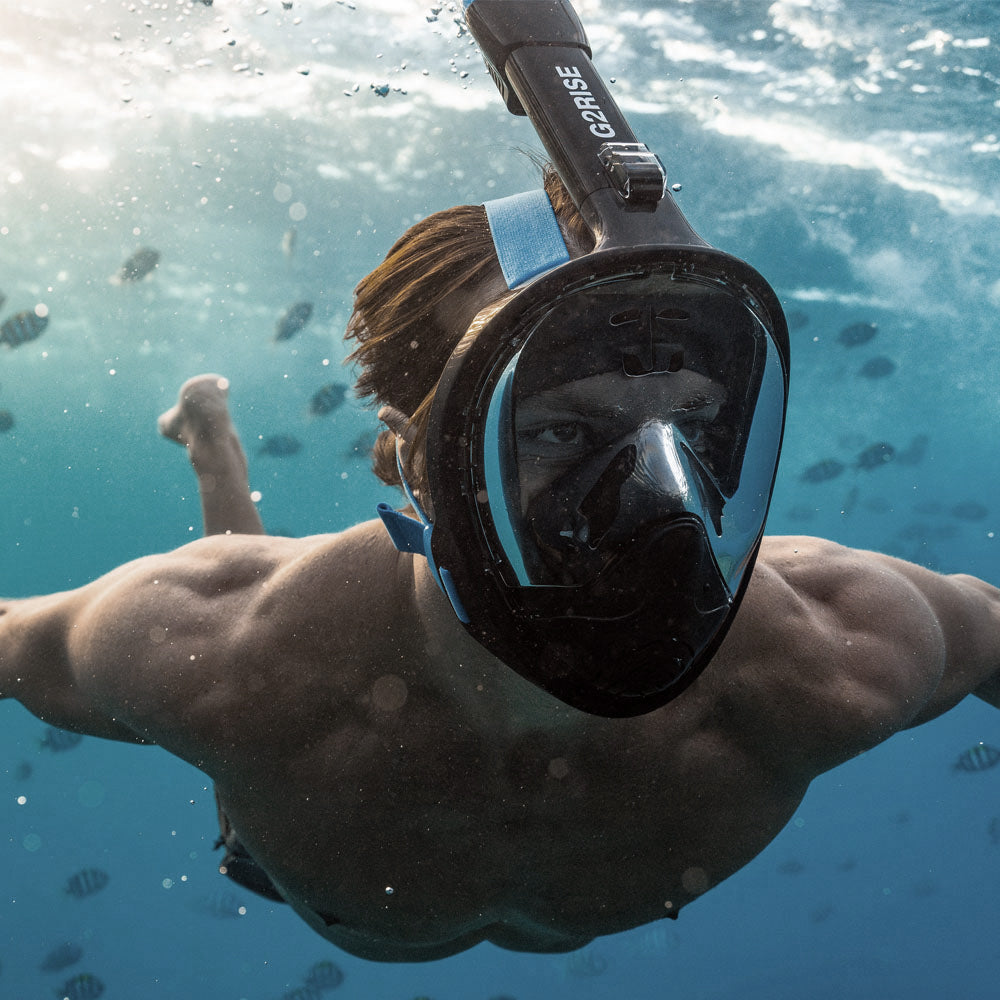
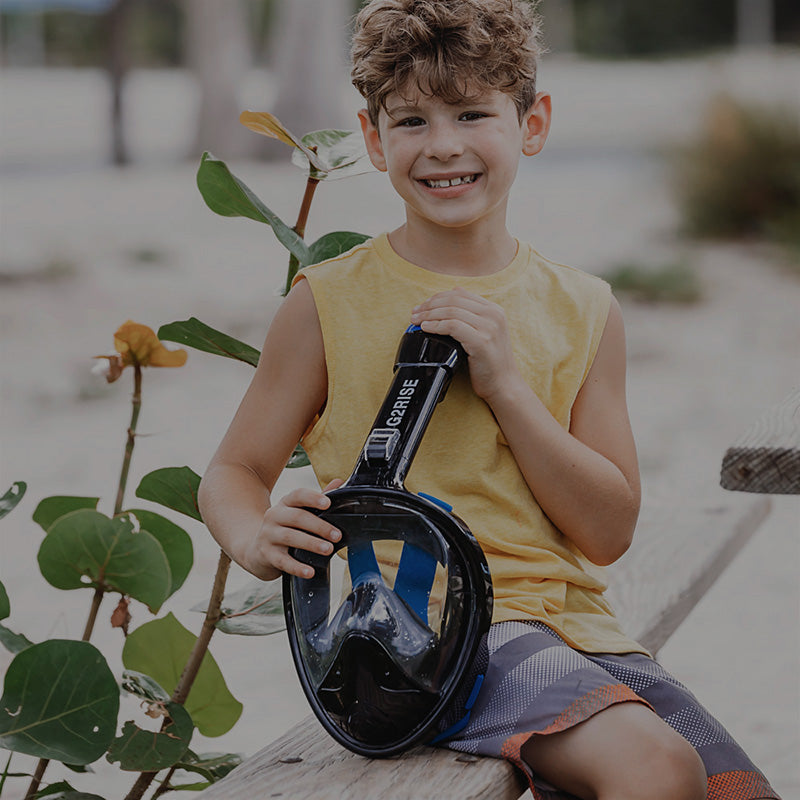
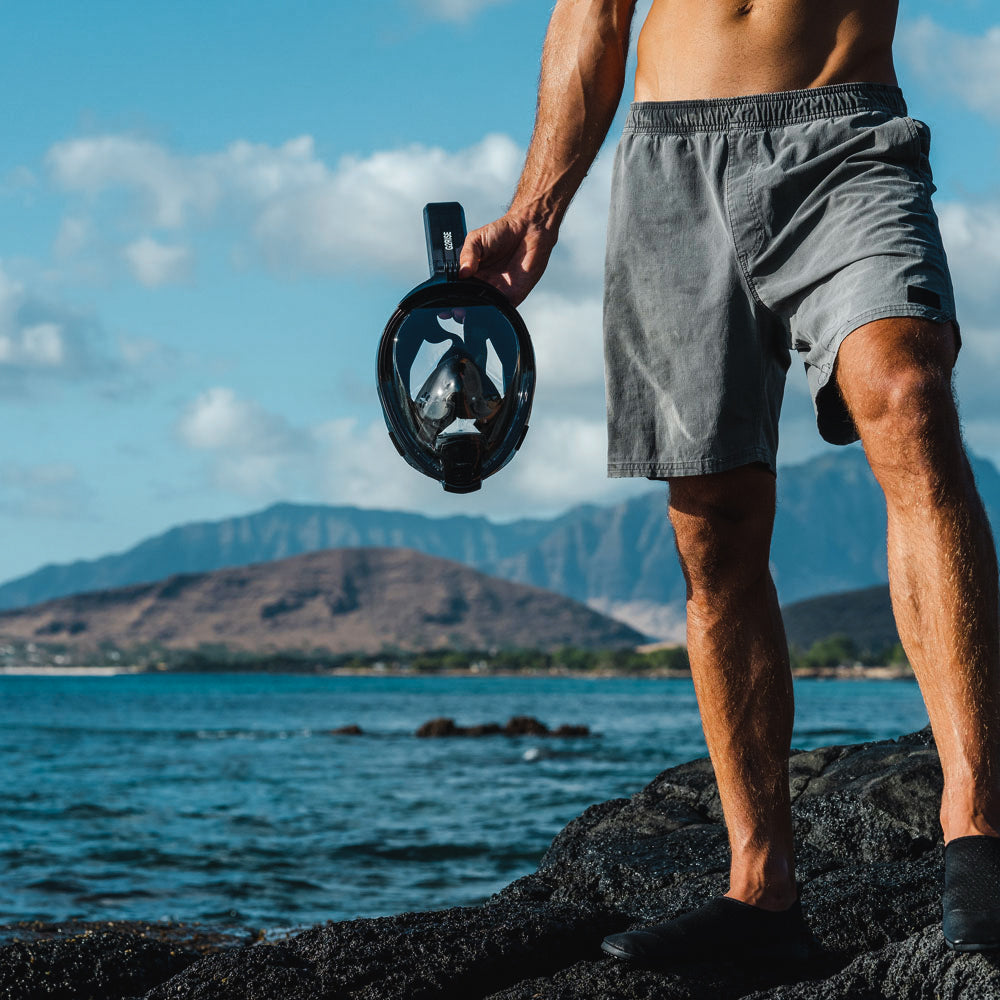
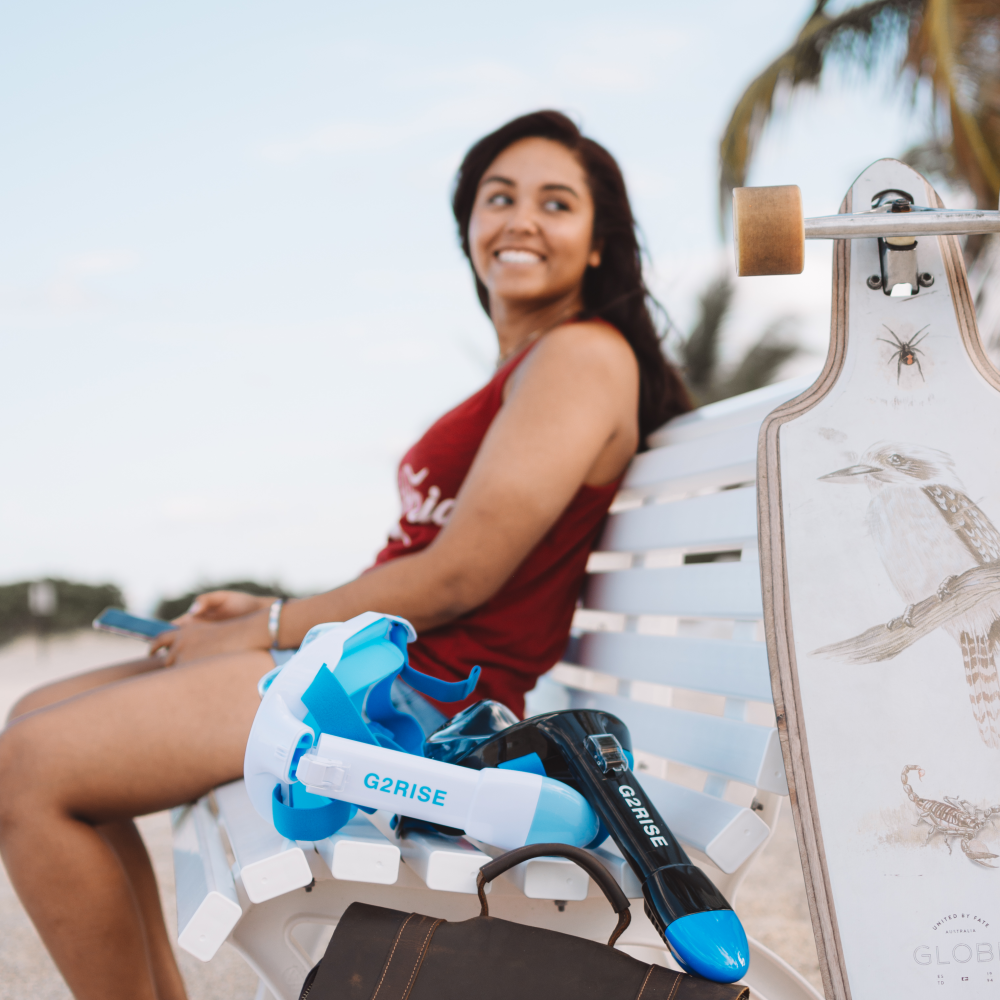

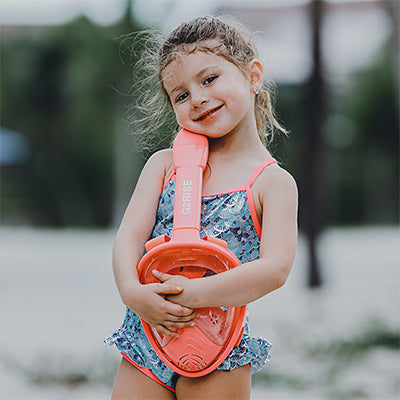
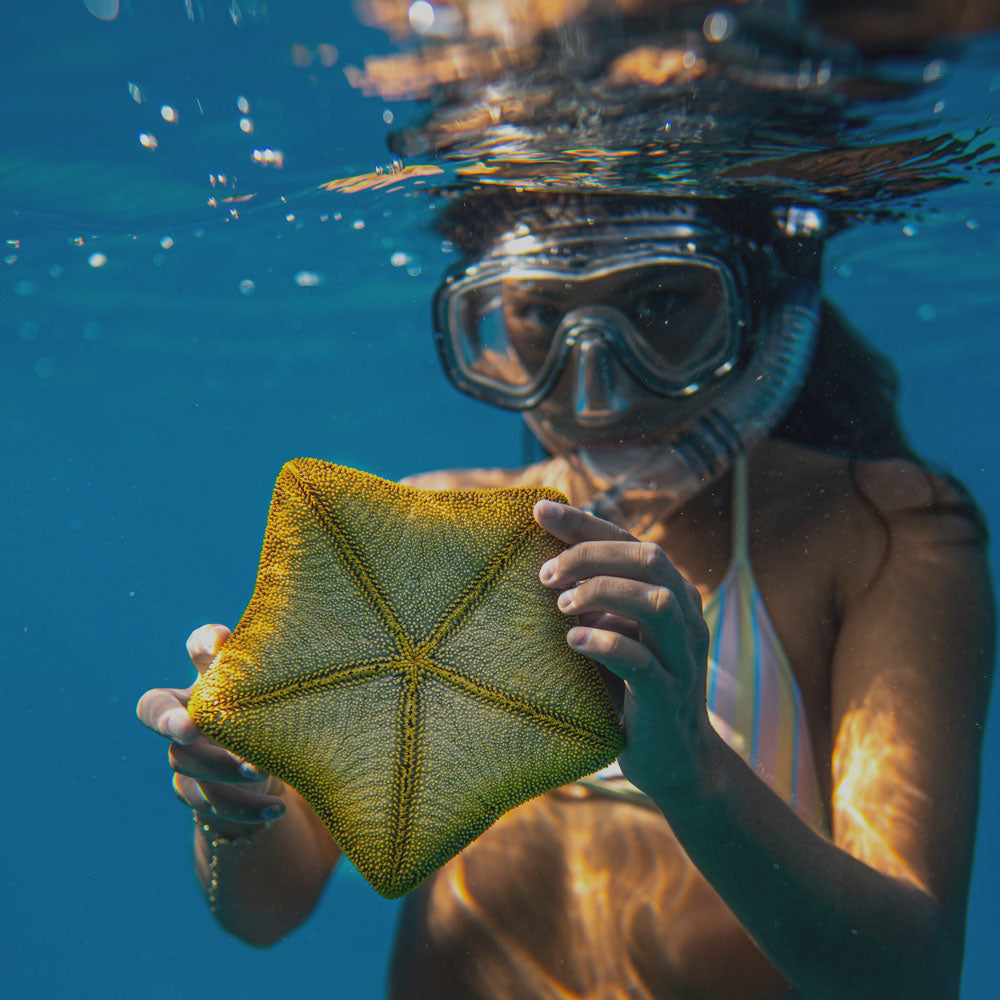
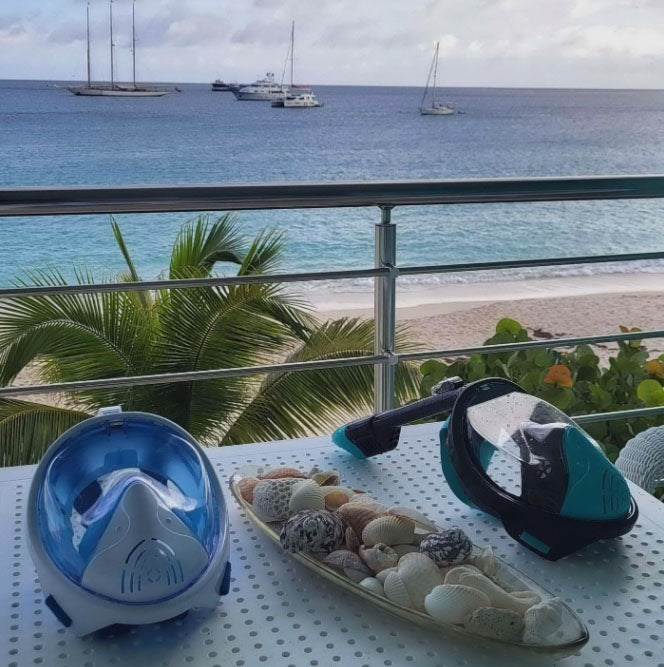

Leave a comment
This site is protected by hCaptcha and the hCaptcha Privacy Policy and Terms of Service apply.